Quick Summary
- UC Davis scientists are discovering how climate change and human garbage hurt our oceans and their flora and fauna.
- Their work has triggered a new federal law and helped develop healthy practices to encourage cleaner oceans and saving endangered species.
- UC Davis organizes clean-up days for crab fishermen, killer whale health records and better breeding environments for endangered abalone.
World Oceans Day is June 8. It’s a day across the world to celebrate our large expanses of sea and to collaborate for a better future.
And this is just what UC Davis scientists are doing. Our researchers are discovering how climate change and human garbage hurt our oceans and their flora and fauna.
Their work has triggered a new federal law and healthy practices to encourage cleaner oceans and saving endangered species. Other efforts include clean-up days for fishermen, killer whale health records and better breeding environments for endangered abalone.
Check out how UC Davis is contributing to “Healthy Oceans, Healthy Planet.”
Climate change’s havoc on oceans
1. What took decades to destroy, took millennia to recover
Ocean ecosystems that experience rapid upheaval because of climate change can take thousands of years to recover, according to an examination of fossilized ocean fauna on the seafloor by UC Davis scientists.
This 2015 study was the first record of disturbance and recovery of seafloor ecosystem biodiversity in response to abrupt climate change.
Led by Sarah Moffitt Myhre, a scientist from UC Davis Bodega Marine Laboratory and Coastal and Marine Sciences Institute, the work shows that while climate change and the deoxygenation of seawater can alter ocean ecology very quickly, recovery can be on a 1,000-year scale, not the 100-year scale previously thought.
Myhre analyzed more than 5,400 invertebrate fossils, from sea urchins to clams, within a sediment core from offshore Santa Barbara. The core, essentially a tube of sediment that covers a period between 3,400 and 16,100 years ago, provides a before-and-after snapshot of what happened during the last major deglaciation.
The deglaciation was a time of abrupt climate warming, melting polar ice caps, and expansion of low oxygen zones in the ocean. This study documents how long it took for recovery of ecosystems to begin, after a dramatic episode of climate change.
2. Oysters struggle with acidification
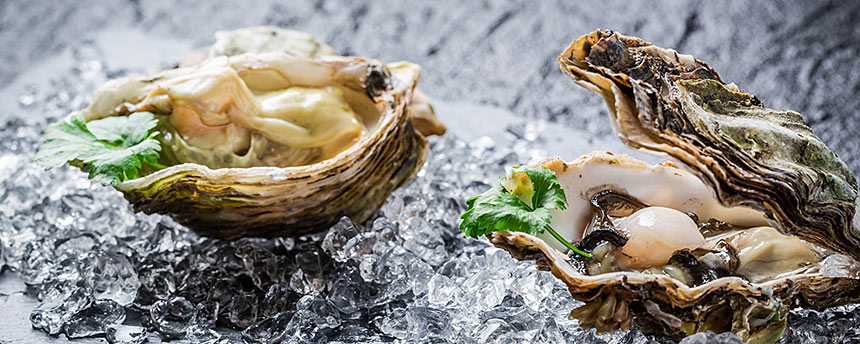
This seafood study comes under the topic of “good news/bad news,” reports New York Times food columnist Mark Bittman in a story featuring marine biogeochemist Tessa Hill.
“The good news is that terrific oysters are being farmed in several locations in California; the bad news is that ocean acidification — the absorption of carbon dioxide into the sea, a direct result of high levels of carbon in the atmosphere — is a direct threat to that industry,” he writes in a New York Times story produced in collaboration with the Global Food Initiative at the University of California.
Bittman visited Hog Island Oyster Co., north of San Francisco on Tomales Bay, with UC Davis Associate Professor Hill, who’s been researching ocean acidification at Bodega Marine Laboratory since 2007.
Hill says changes in marine chemistry are affecting marine animals, including oysters. Managers at Hog Island have noticed that their “oysters grow less reliably, more slowly and with a higher mortality rate than they did several years ago,” Bittman writes.
The business and Hill have formed a partnership. Her research team put instruments monitoring temperature, salinity, pH and oxygen among the oyster beds, with a goal of understanding the impact of climate change and ocean acidification. And this UC Davis scientist wants to help Hog Island Oyster Co. and other oyster purveyors plan for the future.
3. Quick, get a plan for ocean acidification
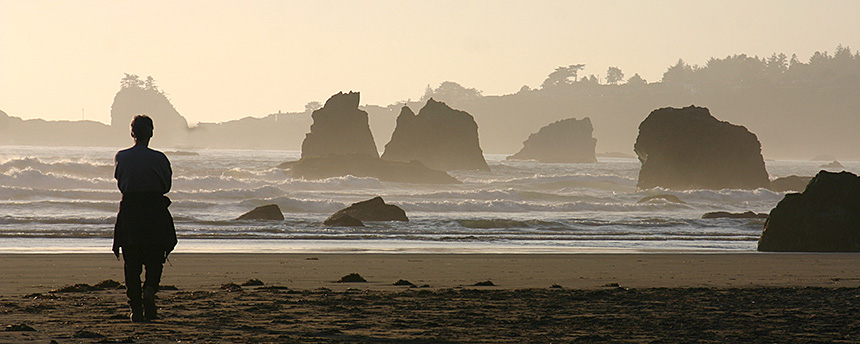
In spring 2016, two UC Davis professors and other West Coast scientists urged an immediate plan to combat ocean acidification.
They reported global carbon dioxide emissions are triggering permanent changes to ocean chemistry along the West Coast. Failure to act on this fundamental change in seawater chemistry is expected to have devastating ecological consequences in future decades, warned the multistate panel of scientists.
Hill and John Largier, an environmental science and policy professor based at Bodega Marine Laboratory, contributed to the report.
Their report outlined a regional strategy to combat the alarming global changes underway. Inaction now will reduce options and impose higher costs later, the report says.
“In being proactive, the West Coast will serve as a model for other coastal regions on how to tackle this global problem at a regional scale,” Hill says. “Decisions that we make now matter a great deal — and there is a cost to inaction.”
4. Tide pools at the forefront of ocean acidification
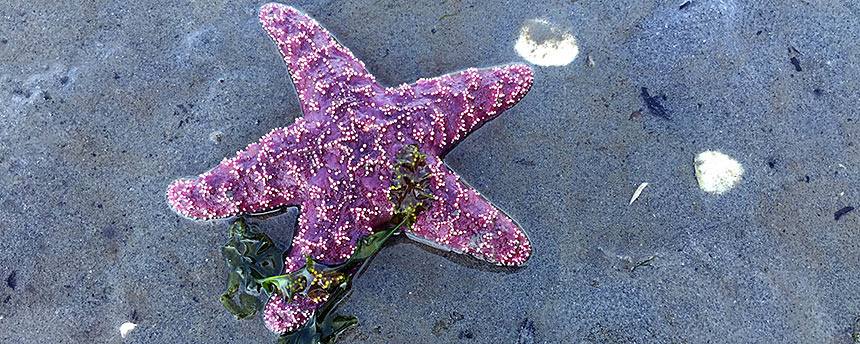
We are learning that tide pools are also at risk from ocean acidification, thanks to UC Davis researchers and others.
These important ecological zones provide shelter and food for many plants and animals. But the marine life is vulnerable to rising acid levels in seawater, according to research from UC Davis, the Carnegie Institution for Science and UC Santa Cruz published in March 2016 in the journal Scientific Reports.
“The animals living in tide pools are already in a very stressful environment,” says study co-author and climate change expert Hill. “In the future, as ocean conditions change, tide pool organisms will spend more time in pools that are acidic enough to dissolve shells,” Hill says.
The world’s oceans are growing more acidic because of the sharp rise in atmospheric carbon dioxide during the past 200 years, a result of emissions from human activity.
Increasing ocean acidity makes life difficult for organisms such as mussels, oysters and coralline algae, which build their shells and exoskeletons out of calcium carbonate. However, some marine life seems to thrive in more acidic waters, including tide pool predators such as sea stars and crabs.
Saving marine life
5. Killer whales get personal health records
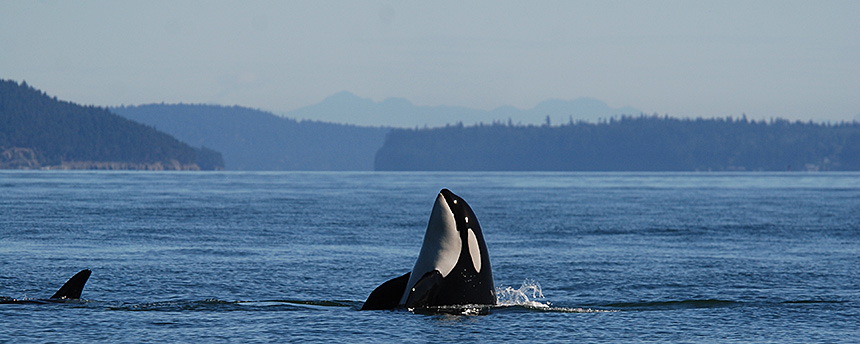
The endangered southern resident killer whales of Puget Sound will get their own personal health records following a meeting of wildlife health experts held in spring 2016 in Seattle.
The meeting was sponsored by the SeaDoc Society, which is part of UC Davis’ Karen C. Drayer Wildlife Health Center, UC Davis School of Veterinary Medicine, as well as the National Marine Mammal Foundation and NOAA Fisheries, to develop plans for individual health records.
The southern resident population of killer whales, currently numbering 84, can all be individually identified and are some of the best studied marine mammals in the world, says Joe Gaydos, a wildlife veterinarian at UC Davis and chief scientist with the SeaDoc Society.
Researchers regularly collect important health data on them, such as photographs and samples of feces, breath, blubber and skin.
6. Romance plans for the white abalone’s survival
Oh, to be a white abalone at the UC Davis Bodega Marine Laboratory. In 2016, after a long diving search and fragile transportation, a wild abalone was added to the captive population. Now begins antibiotic cleansing baths, exfoliating, coconut oil and beeswax treatments — the lab’s white abalone healthcare plan reads like a relaxing spa retreat, says UC Davis research scientist Kristin Aquilino. It’s all part of the research team’s efforts to bring the endangered animal back from the brink of extinction.
So far it’s working. With special “mood” lighting, just-right water temperatures, and even a little Barry White music thrown in for good measure, love is in the air for these pampered marine snails.
In 2012, the UC Davis captive breeding program achieved the first successful spawning in a decade. Thousands of offspring were created through the program last year, making 2015’s attempt the best spawning season yet.
The program has been so successful, it’s likely more white abalone exist now in captivity than in the wild, Aquilino says.
Combatting human garbage
7. Fishermen clean up lost crab gear
Dungeness crab boats in California were idle in ports up and down the coast in winter 2016. The season remained closed in most parts of the state after dangerous levels of the biotoxin domoic acid were detected in crabs.
While the delay resulted in financial losses to fishermen and no California-caught crab at the market, some in the business of Dungeness harvests were busy hauling in a different catch instead: lost crab gear.
A group of fishermen stretching from Crescent City south to San Francisco collaborated with the Karen C. Drayer Wildlife Health Center at the UC Davis School of Veterinary Medicine to retrieve lost crab gear from the ocean. They sold the recovered gear back to the original owners, under what they hope will be a financially sustainable model for future cleanups.
8. ‘Waiter, there’s some plastic in my fish’
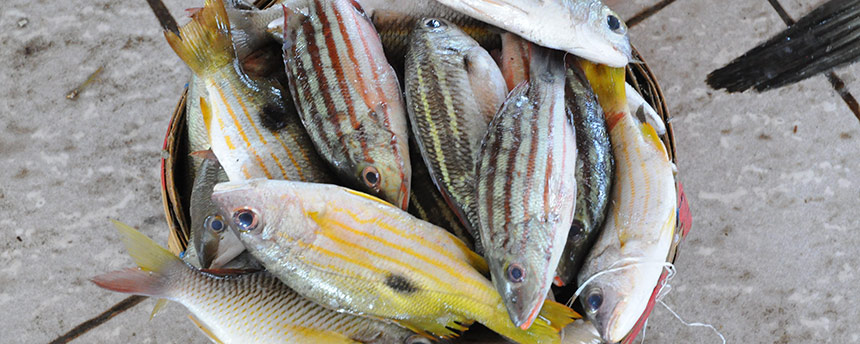
Roughly a quarter of the fish sampled from fish markets in California and Indonesia contained human-made debris — plastic or fibrous material — in their guts, according to a study from UC Davis and Hasanuddin University in Indonesia.
This 2015 study is one of the first to directly link plastic and human-made debris to the fish on consumers’ dinner plates.
Lead author Chelsea Rochman, a postdoctoral Smith Fellow at UC Davis and the University of Toronto, worked with a team of researchers to learn that plastic debris is found in 20 species of fish from fish markets in Indonesia and California.
The researchers sampled 76 fish from markets in Makassar, Indonesia, and 64 from Half Moon Bay and Princeton in California.
All of the fragments recovered from fish in Indonesia were plastic. In contrast, 80 percent of the debris found in California fish was fibers, whereas not a single strand of fiber was found in Indonesian fish.
9. Fish study results in federal microbeads ban

UC Davis researcher Chelsea Rochman and her team’s microbead work was instrumental in a federal ban on microbeads that President Obama signed into law in late 2015. Beginning in mid-2017, tiny plastic beads found in some bath and beauty products will be prohibited.
“This is a very strange example of the policy being quicker than the science,” she says in the Washington Post. The ban is aimed at the billions of “microbeads” that some researchers estimate wash down U.S. drains every day, slip through sewage treatment plants and end up being eaten by fish in lakes, rivers and oceans.
The tiny plastic beads are most often used as mild abrasives to exfoliate skin and strip away dirt and oil. They also put the colorful sparkle in some toothpastes and help fill in wrinkles in some “age-defying” make-up. Congressional researchers say hundreds of products contain microbeads and that a single bottle or tube can have hundreds of thousands of the tiny particles.
Once they wash down drains and reach sewage treatment plants, they can slip through filters that weren’t designed for such small particles and end up discharged into waterways, where they look like tiny eggs. Fish that eat them can suffer problems, researchers say, and end up on dinner plates.
Media Resources
Susanne Rockwell, (530) 752-2542, sgrockwell@ucdavis.edu